'Fantastic Komitas': TmbaTa’s musical rite of passage with Arik Grigoryan
February 18, 2021
Changing patterns in the transmission of folk music couldn’t have been more exciting. By breaking away from pedagogical conventions of formal music education, TmbaTa, the folk-rock orchestra at TUMO, is on a “quest to find the source of the Armenian spirit.” The eleven-member strong band has shaped a modern concept of Armenian music that stemmed from past centuries. One could call it the "new folk music" with influences from diverse musical experiences and a variety of instrumental combinations. How did it all come about? We set down for an exclusive interview with Arik Grigoryan, the man who made it happen!
“It’s more musical [than Eastern Armenian] to my ears,” he mused.
Ever since he was a child, Arik has been fascinated by Western Armenian, “perhaps because I am from Gyumri, where the dialect is similar to the one spoken in Kars,” as he said. After moving to Yerevan, he had learned Western Armenian from diasporan friends, and was keen to seek out songs in Armenian dialects or Classical Armenian, “because language is the most distincive characteristic that defines our nation, our music, our thought, our word, and our work.”
Arik was concerned about the fate of Western Armenian. “We must understand our own place in this world before we present ourselves to the world,” he reflected, which brought us back to TmbaTa, and how his orchestra explores, discovers, and reinvents music that resonates with the current generation.
Loucig Guloyan-Srabian: As an orchestra that emerged from the TUMO Center for Creative Technologies, TmbaTa stands out by virtue of its unique experimental approach to Armenian folk music. Would you classify it as avant-garde?
Arik Grigoryan: I must say that the initial idea was not to create an orchestra at TUMO, but a sound workshop to concentrate on the perception of sound, which is the basis of all music. Early in the process, together with the workshop participants, we decided that forming a band would be a great way to study the sounds that surround us. I realized that the millennial generation didn’t have enough knowledge to tell how Armenian music differs from other music. I saw an opportunity to use my pedagogical background and my passion for group work to design educational programs and encourage students to explore Armenian folk music.
L.G.S.: Why is it important to educate the young in folk music?
A.G.: Folk music is a way to rediscover the wisdom of our ancestors. Much like feeding infants purely natural food to ensure their growth, it is equally important to unlock the spiritual, cultural, and artistic potential of young people through intrinsic motivation. The most natural way to achieve this is through the narrative of Armenian folk music.
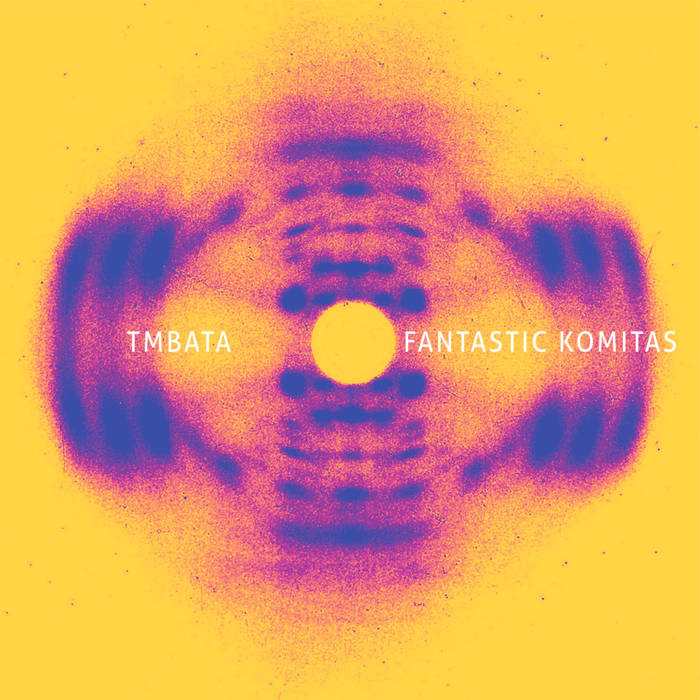 “Fantastic Komitas” is the latest album by TmbaTa, released on February 1, 2021. It is available on all major musical platforms.
“Fantastic Komitas” is the latest album by TmbaTa, released on February 1, 2021. It is available on all major musical platforms.
L.G.S.: You also mentioned the need to design educational programs. Let’s talk about the interplay between nature and nurture. What makes TmbaTa distinctive?
A.G. The distinctive strength of TmbaTa is that it was founded not as an orchestra, but as a learning hub where students learn how to listen to music with greater understanding, to play different instruments, and to develop some musical taste. Another distinctive characteristic is that the students are active participants as much as they are raw material, without any musical background, which has a unifying effect. All are oriented in the same direction, and there is a mutual understanding between us. We create, arrange, record, and study music from scratch. However, my job is to teach them how to “hunt,” rather than wait for the “hunter’s” directions, and help the kids overcome their inhibitions. I believe that art is about discovery, about creating something, and it is meant to be revolutionary.
My job is to teach how to “hunt,” rather than wait for the “hunter’s” directions.
L.G.S.: It would be challenging to organize a large group of students toward a common goal. How do you coordinate the planning and implementation of tasks? What happens in TmbaTa?
A.G.: Discipline comes first. I make sure students understand the importance of punctuality and regular attendance. Second, I see TmbaTa as a music laboratory, where I try to veer away from conservatism. That’s why, before teaching how to play any specific instrument, I teach students how to think for themselves, and help them find the right path forward. It’s always best to start gradually. We take a song, analyze its meaning, learn the lyrics, try to take it in emotionally, and start altering it, little by little, letting it take its natural course, until no one can claim it as their own. After making a recording of the song, we listen to it carefully, and study its transformation. We usually make ten to fifteen recordings a year. Although they are not intended for performance measurement, they provide a framework for quality improvement processes. The whole approach is very systematic and rewarding.
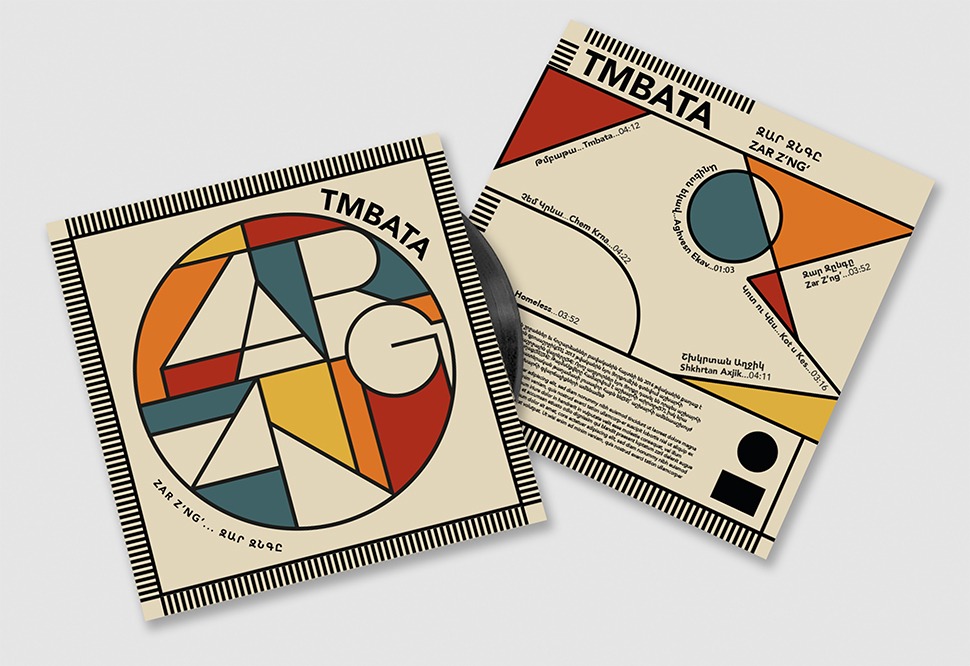 TUMO students worked with graphic designer Tulip Hazbar to design vinyl art for “ZarZ’ng',” TmbaTa’s second album which came out in Nov 2020. It was hailed as “state of the art, catchy, and sensitive” by “Selected goosebumps.”
TUMO students worked with graphic designer Tulip Hazbar to design vinyl art for “ZarZ’ng',” TmbaTa’s second album which came out in Nov 2020. It was hailed as “state of the art, catchy, and sensitive” by “Selected goosebumps.”
L.G.S.: How do you choose the repertoire for concerts and recording projects?
A.G.: I pick up songs based on the members’ level of expertise; songs that they can relate to and would like to work on them. We play Komitas, even though his songs, written for polyphonic choirs, can pose a degree of complexity. However, they allow participants to develop an ear for Armenian music. We often record the best resulting songs, the most accessible and least experimental versions. Unlike painting and sculpture, which I think are of earthly origin, music is widely regarded as of cosmic origin—it moves in time. Even after recording is completed and we put out an album, we revise and reshape the songs, reaching a new level of maturity.
We don’t play Armenian jazz on electric guitar, but we play Armenian music on electric guitar.
L.G.S.: There is a renewed interest towards folk music in Armenia, where for decades folk songs were performed according to traditional arrangements. They have only recently been reinvented into various types of music. How did the transition take place, and what does it say about TmbaTa as an innovative approach to the genre?
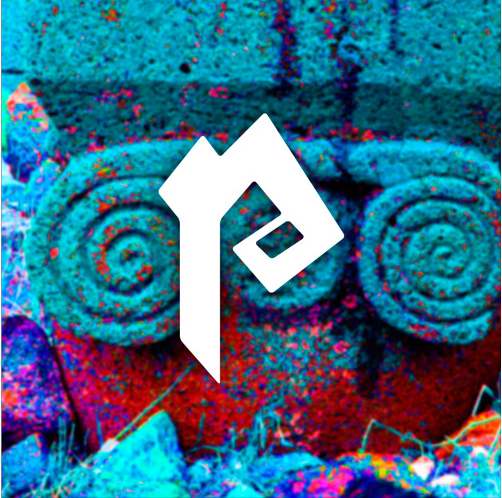 With eight Armenian, English and French songs, TmbaTa's debut album emerged out of a series of live sessions between students and staff at TUMO.
With eight Armenian, English and French songs, TmbaTa's debut album emerged out of a series of live sessions between students and staff at TUMO.
A.G.: Tradition is shaped by the present, and by diverse perspectives. However, time moved slowly when the world was a smaller place in previous centuries, and change came late. During the Soviet decades there was something fake about cultural perspectives, and folk music recordings from that era sound pretentious. That’s why we have stopped listening to them. It’s still early to tell what a TmbaTa tradition would look like, since it is in the experimental stage, but it is only a matter of time before it hits the mainstream. I don’t want to associate it with a specific genre, as it limits the possibilities for what can be achieved. We don’t play Armenian jazz on electric guitar, but we play Armenian music on electric guitar.
L.G.S.: You draw from the source of Armenian music to start a new tradition. Do you think that TmbaTa can also enrich the source by taking a different approach to folk music?
A.G.: Spring water might be the best source of water, however, sometimes your metabolism fails to process it adequately. So, you bottle it, add flavors and extracts to it, and make it easier to absorb. But the source remains intact. TmbaTa works far from the main source of Armenian music. Actually, it’s important for us to look for the source, to enrich our knowledge, and deliver it to our audience. I don’t think Komitas’ intention was to conserve Armenia’s musical heritage, but to open it up for future generations. We live in a modern age, and we try to adapt folk music with contemporary arrangements which can be understood by youngsters.
L.G.S.: TmbaTa received its first international exposure at the Smithsonian Folklife Festival in 2016. What was the most memorable aspect of the experience?
A.G.: The positive feedback of the audience was great! People liked our music as it was. They didn’t think of it as folk music. For them, folk music was traditional music, performed in traditional costume, whereas for us, it was a matter of delivering it as world music, with characteristic differences being evident in Armenian scales. Another interesting outcome was our collaborative song, “Bingyol,” with the [LA based] Armenian Public Radio, the trio that played at the festival.
TmbaTa is about knowledge which empowers students to make the right choices.
L.G.S.: It’s obvious how important TmbaTa is to young Armenians. To put the question in reverse: How important TmbaTa is to TUMO?
A.G.: TUMO is a technological center, however, TmbaTa isn’t about technology. It’s about working with primary resources. TmbaTa is important to TUMO, because it shows how we can turn raw material into pieces that will change not only the students’ mindset, but also that of their peers. Students cultivate a taste for Armenian music, for Komitas, and after they graduate, they become authorities in their own right. In this age of information explosion, you need to take care of your spiritual wellbeing by being able to discern and make the right choices. TmbaTa is about knowledge which empowers students to make the right choices. In this sense, TUMO sets a benchmark for music education in Armenia. The TmbaTa method and model can be replicated in schools across the country. I believe the potential exists to create experimental bands in every classroom. We must try to generate the enthusiasm needed to get there.
L.G.S.: Many famous artists have visited TUMO. How does this reflect on the students? Are there musicians who have left their mark on TmbaTa?
A.G.: Sometimes I get angry when a large group of people come for a tour of TUMO, and make their way into the studio while we are rehearsing. However, we cannot do anything about it; I have signed a contract that I would not get angry [laughs]. I think it’s good for the students to have an audience every now and then. The discussions that follow help them broaden their horizons. Hasmik Harutyunyan, the folklorist, who has introduced me to new songs, has left her mark on TmbaTa. I had no doubts that she was the right person to take over conductive duties while I was abroad. Upon my return, I noticed the members’ vocal quality had improved immensely.
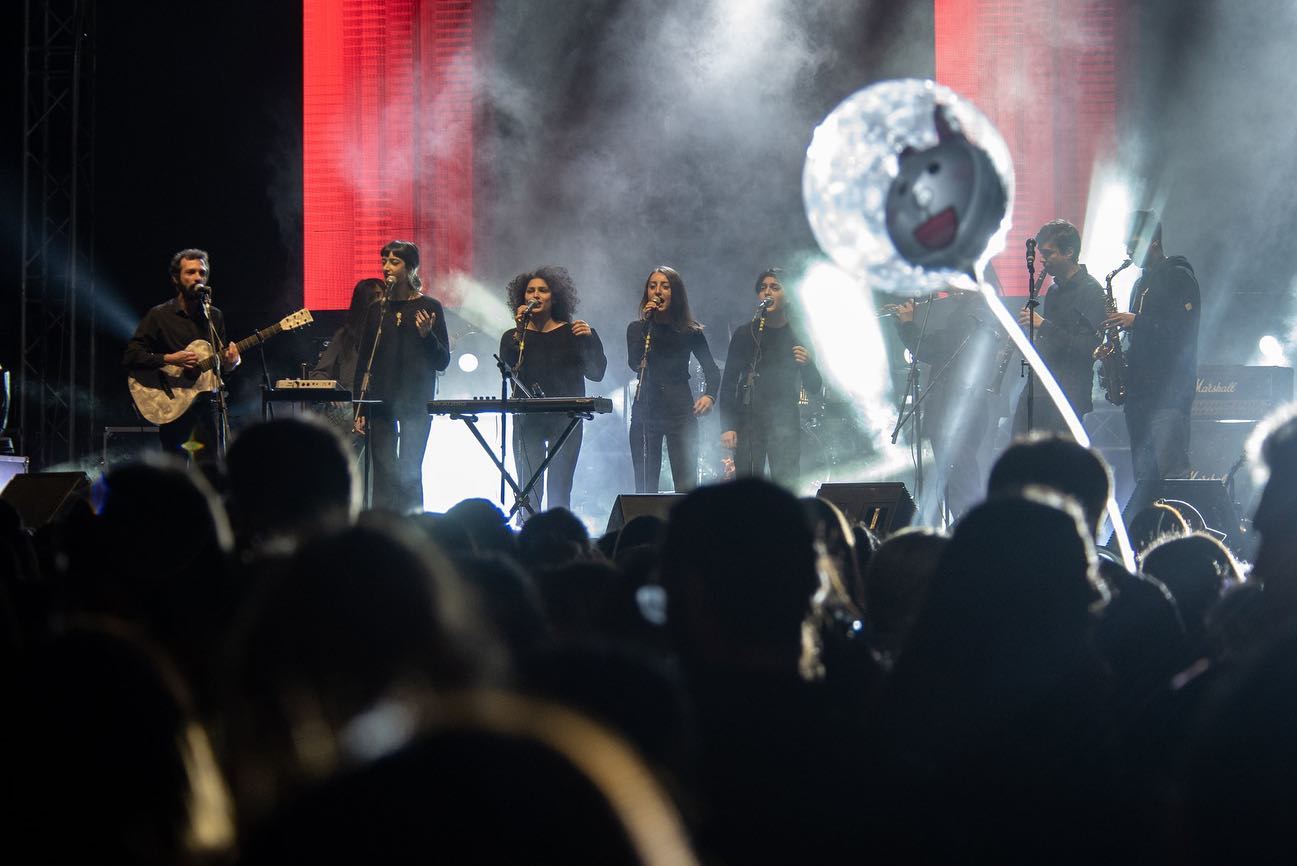 TmbaTa at a concert dedicated to Yerevan's 2801th anniversary in Oct 2019.
TmbaTa at a concert dedicated to Yerevan's 2801th anniversary in Oct 2019.
L.G.S.: One last question: As a third generation Bambir musician, what heritage do you pass on to young Tumoians?
A.G.: That’s a very interesting question. My time with The Bambir was very short before I founded TmbaTa. Yet, whatever I have achieved so far, comes from that period. That’s when I learned most of what I teach today—I think of it as The Bampir’s approach to music. The Bambir is like a tree: it grows leaves, roots and shoots. The Vishup Ensemble is one branch. I don’t want to label TmbaTa as such, because it owes much to the students’ contribution and perceptions, yet we can trace its source of knowledge back to The Bampir, which makes me very happy indeed.
All photos are courtesy of TmbaTa.
Check out photos from TmbaTa's latest live concert and festival appearances in our video section below!
Video
Join our community and receive regular updates!
Join now!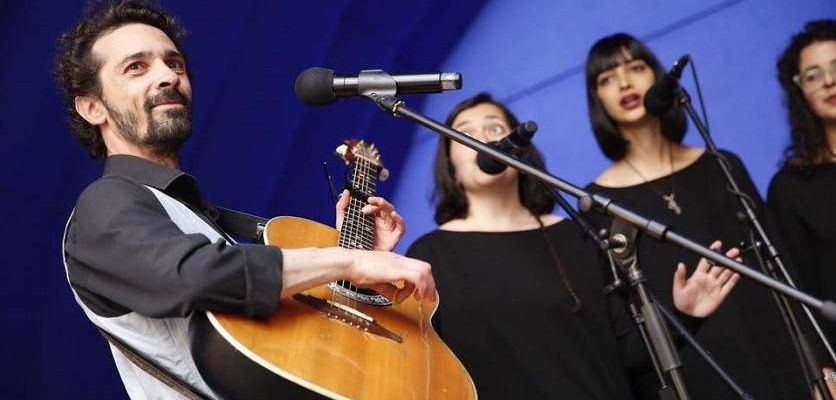
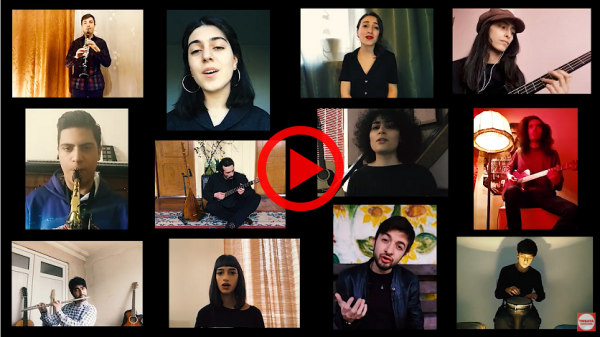
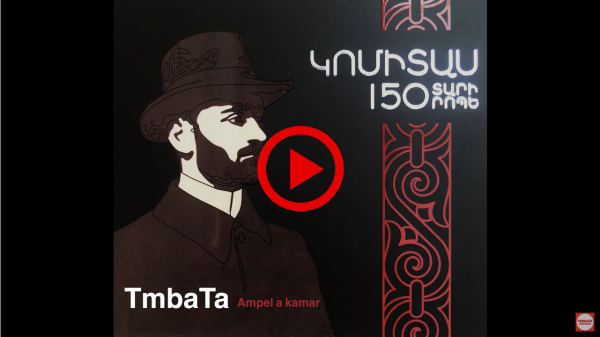
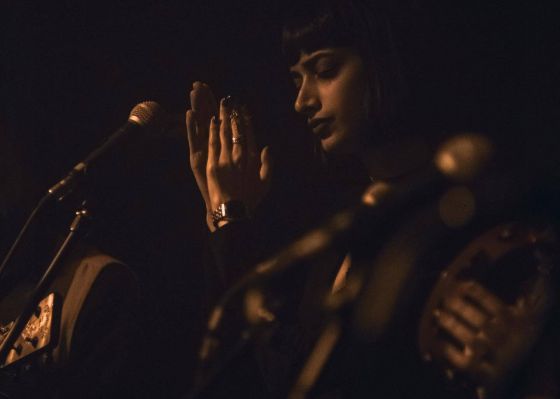
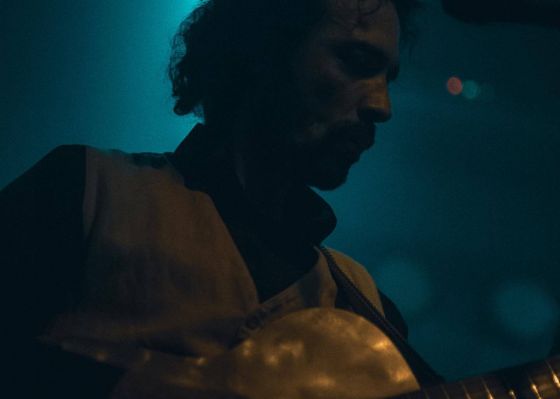
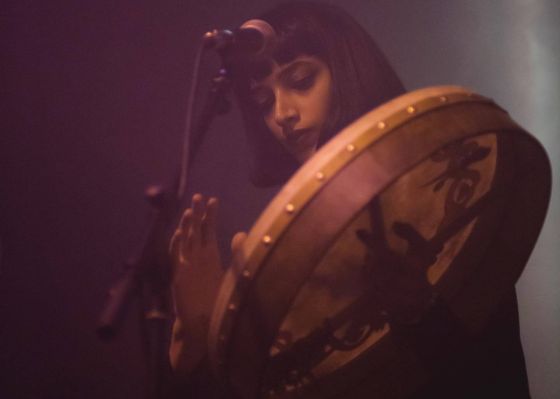
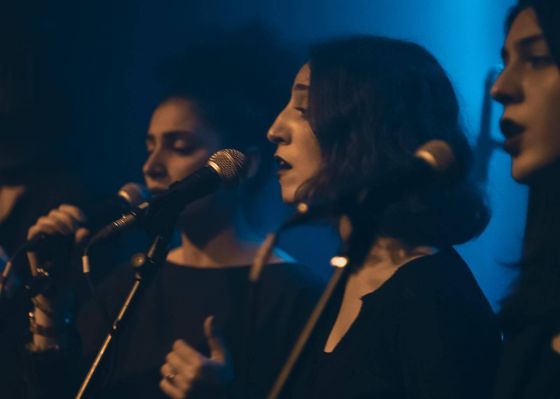
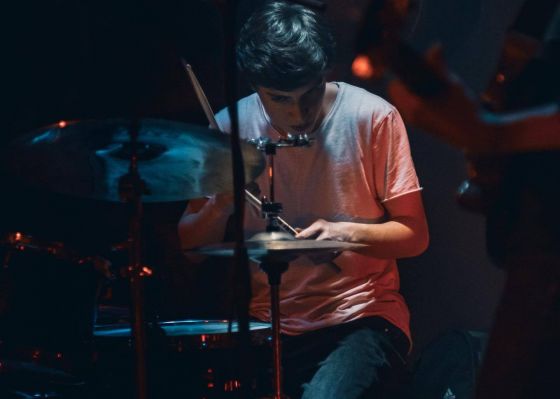
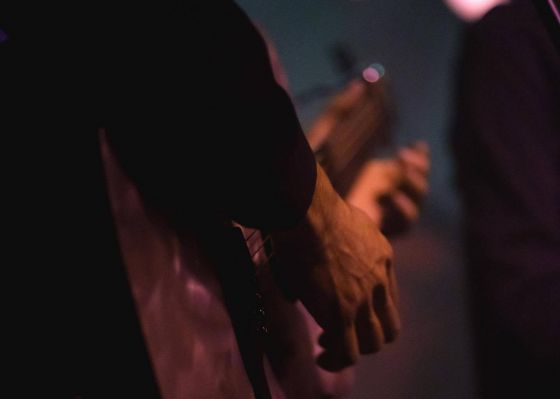








Attention!